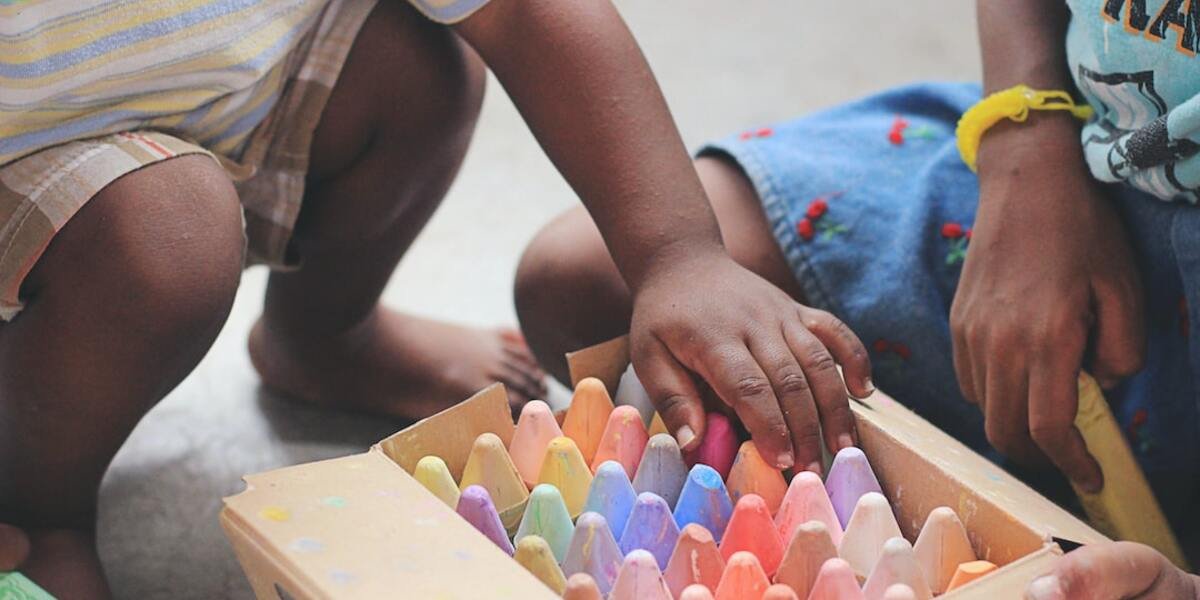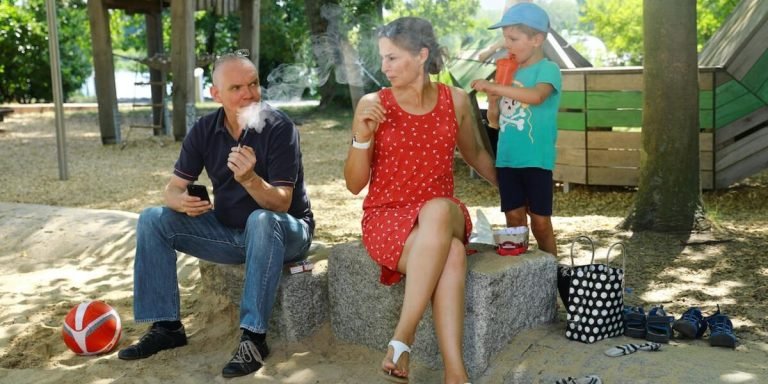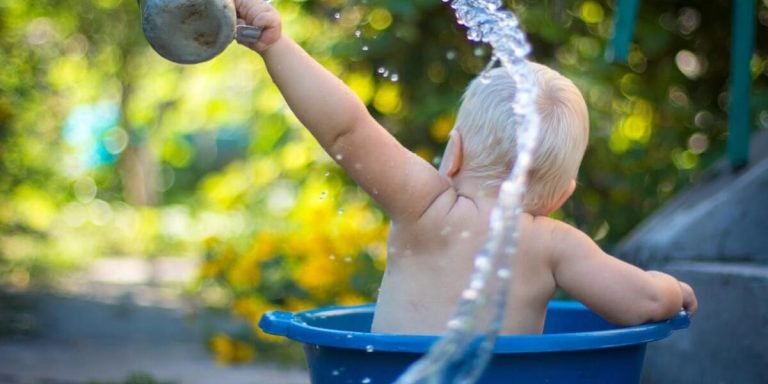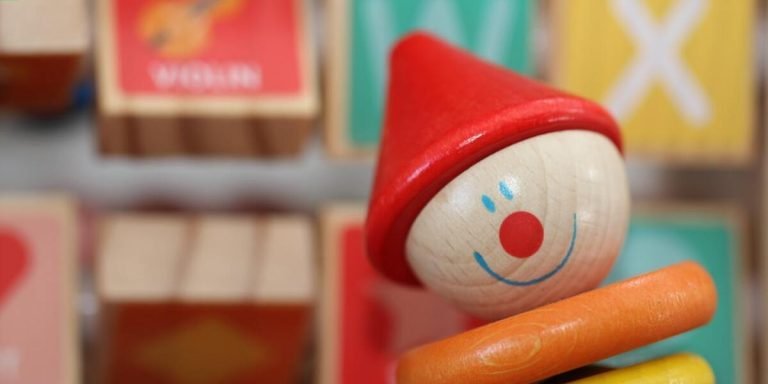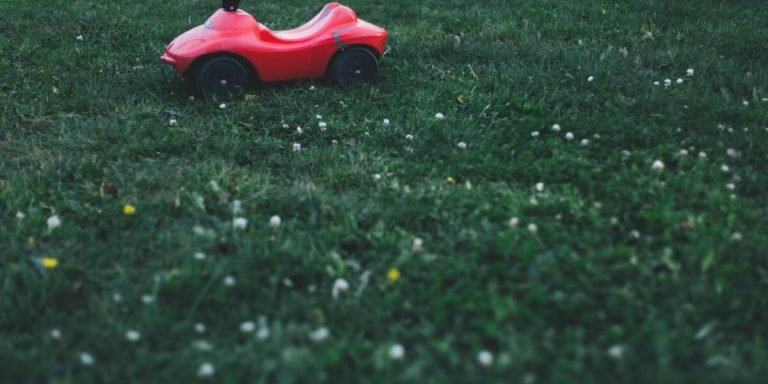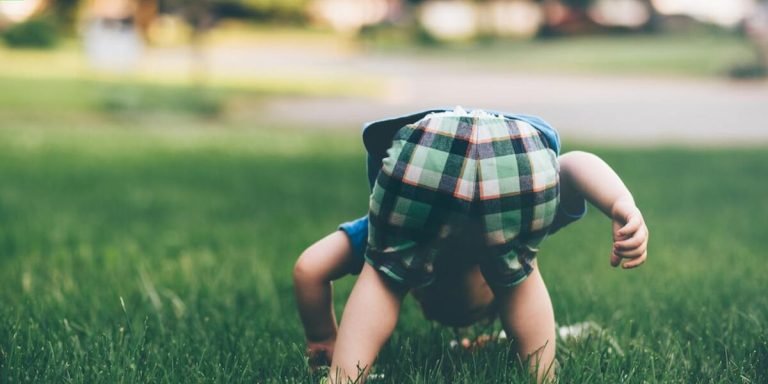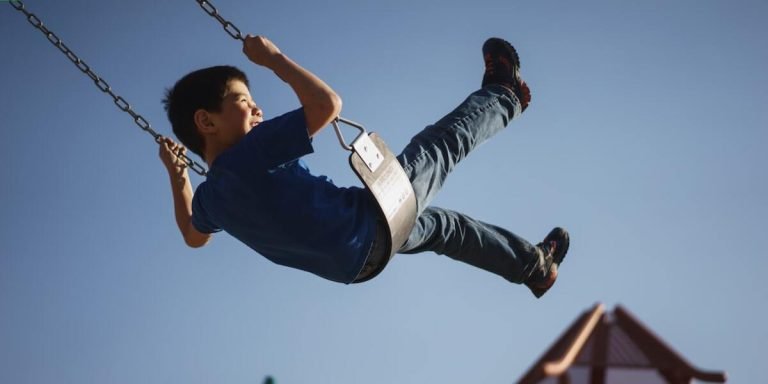Learning Toys: A Means to Enrich Your Child’s Education Journey
Learning toys are a phenomenal tool to bolster early childhood education. These educational aids go beyond fun and play, playing an essential role in stimulating the young minds of children. They offer practical ways for kids to understand core concepts better while fostering their creativity and nurturing cognitive development.
Incorporating these learning toys into your child’s daily activities could significantly enhance their academic journey. From problem-solving skills to language acquisition, fine motor skill enhancement with beads or puzzles, they cover it all! Recognizing shapes, patterns or alphabets have never been so engaging before the advent of such educational resources.
Did you know?
Did you know that according to a study by the University of Toledo, children playing with fewer toys demonstrated higher quality playtime and improved creativity than those with many options? Choosing educational learning toys carefully can significantly enrich your child’s learning journey.
Understanding the Role of Learning Toys in Early Childhood Development
In the realm of early childhood development, learning toys play an indispensable role. They are not just objects for kids to have fun with, but essential tools that stimulate young minds and enhance their cognitive growth. In this digital age of 2023 where screens seem ubiquitous, it’s crucial as parents or educators to recognize the significance these simple yet effective educational aids hold.
Learning toys bridge the gap between pleasure and instruction – a concept integral in little ones’ introduction to education. A brightly colored puzzle doesn’t merely keep a child absorbed; it nurtures problem-solving skills way before they tread academic paths at school level. That adorable alphabet caterpillar plush toy is more than just cuddly company during nap-time – every squeeze acquaints kids subtly with fundamental phonetics.
Lastly, children learn best when engaged fully – both physically and mentally – which is precisely what well-designed learning toys aim at fostering via touch-based interactivity coupled with intellectual stimulation. Therefore incorporating such developmental resources into your child’s playful regimen can greatly boost their initial strides on life’s vast scholastic journey.
The Impact of Learning Toys on Cognitive Skills
Learning toys play a pivotal role in shaping the cognitive skills of children during their early childhood. As per findings from recent studies, these interactive tools are not mere objects for fun; they offer an engaging and stimulating environment that aids kids in exploring, understanding and growing.
To start with, learning toys greatly enhance concentration power among young learners. In this digital age where attention spans continue to shrink rapidly, educational devices act as effective tools that hold children’s interest for extended periods. While playing with a puzzle or stacking blocks toy set – both examples of excellent learning toys – youngsters immerse themselves into solving problems step by step which boosts their focus capacity significantly.
In addition to this, introducing kids to learning toys is instrumental in refining motor skills crucial at the preschool stage such as handling objects carefully or maneuvering things meticulously using fingers. Activities like fitting shapes into correct slots or coloring within outlined images prompt little ones towards developing precision coordination between eyes and hands.
Next up on our list stands logical thinking – another vital skill area enriched by playful interactions with educational gadgets.
When toddlers indulge enthusiastically into sorting colors through rhythmical musical button games or construct tall buildings via magnetic sticks combining them sensibly according to size order – it paves way towards fostering reasoning abilities naturally uncultivated territories inside ingenious juvenile minds!
How Sensory Play with Learning Toys Enhances Child Growth
The incorporation of learning toys in a child’s life plays an essential role in their early development. These engaging tools are more than mere playthings – they stimulate the young mind, enhancing growth and shaping cognitive abilities.
Sensory play is one prominent aspect of this early engagement. Utilizing these toys to foster sensory stimulation can significantly benefit children during their formative years. For instance, consider a simple set of building blocks – each block acting as a powerhouse for developing motor skills, spatial reasoning, creativity and problem-solving tactics.
In terms of auditory enhancement: Learning musical instruments or noise-making toys serve dual purposes; while offering entertainment, it simultaneously hones listening abilities and cultivates music appreciation from such prime ages.
Touch-sensitive toys are powerful aids that improve tactile recognition capabilities among kids because physical touch helps distinguish between various shapes & textures thereby broadening perceptual awareness drastically.
Selecting Age-Appropriate Learning Toys for Optimal Educational Benefit
Selecting age-appropriate learning toys is a vital aspect of fostering growth in our young ones. As parents and educators, we must understand that the concept of play for children isn’t merely about fun – it’s also an opportunity to learn valuable skills. This is where educational or learning toys come into play.
Learning toys are carefully designed with an objective not just to entertain but provide education as well. They can stimulate creativity, critical thinking skills, and even physical abilities based on their design principles which have been developed through years of research on child psychology and developmental milestones.
In 2023 alone, numerous innovative companies came out with such ingenious toy designs aimed at infusing knowledge while ensuring enjoyment for kids. From building blocks bearing alphabets to interactive digital games teaching coding from early age; each offering conveying its unique way of imparting wisdom.
However, caution should be exercised while choosing these implements as children respond differently at different stages due to varying cognitive capabilities during growing years. A good starting point would be understanding your child’s interests followed by aligning those interests with academically beneficial tools tailored towards them.
For instance – A two-year-old might enjoy stacking rings more than solving puzzles since her motor coordination takes precedence over problem-solving capability during this phase whereas a four-year-old will likely thrive better when challenged mentally hence puzzle-themed sets may prove ideal in this scenario.
Criteria for Choosing Developmentally Appropriate Toys
Understanding how to pick out developmentally appropriate learning toys is essential in your child’s early education. It can shape their growing mind and significantly influence cognitive, emotional, social, and physical growth.
Firstly, let’s tackle safety concerns- the prime factor when purchasing any product for a youngster. Toys should be non-toxic with no sharp edges or small parts that could become choking hazards; make sure they’re compliant with all relevant safety standards of 2023.
Consider simplicity next – intricately designed multi-purpose tools might overstimulate an infant rather than promote focused learning. Simple blocks can enhance color recognition or spatial reasoning skills better compared to complex electronics meant for older kids.
Durability mustn’t be overlooked either as children learn through exploration which often involves rough-handling items around them especially toys being dropped repetitively from various heights onto different surfaces.
Age appropriateness revolves around understanding typical developmental milestones related to specific ages thus ensuring these are in sync with the chosen toy’s suggested age range will greatly enhance its educational value while minimizing potential frustration due to complexity mismatches.
Balancing Fun and Education in Toy Selection
Choosing the correct learning toys for your child is akin to walking a tightrope. Striking the ideal balance between entertainment and education can often seem challenging, particularly when inundated with thousands of choices in 2023’s toy market.
To start off, it’s crucial to understand that children are naturally curious beings driven by an unending thirst for discovery. Toys perform as practical tools stimulating this interest while imparting myriad skills stealthily – all under the guise of playtime fun!
Easy-to-grasp puzzles are brilliant first steps towards introducing toddlers to critical thinking early on without overwhelming them excessively. Toddlers revel in exploring shapes, patterns, and colors through tactile engagement – developing hand-eye coordination along with basic problem-solving skills.
As kids grow older, interactive board games stimulate interpersonal skills alongside strategic mindset development making such activities indispensable components of age-appropriate curriculums worldwide. Remember though; allow room for occasional failures as they’re significant steppingstones leading up to eventual success.
Traditional arts & crafts supplies too serve dual roles splendidly- bolstering creativity plus fine motor skill enhancement alike! Drawing sets or clay molding kits offer endless possibilities triggering innate artistic capabilities even among youngest learners whilst facilitating hands-on experience enhancing muscle control simultaneously.
Integrating Learning Toys into Everyday Play Routines
In this ever-evolving digital age, finding a balance between screen time and interactive play is more important than ever. Incorporating the use of learning toys into everyday routines can help transform simple moments into opportunities for enrichment in early childhood education. As we delve deeper into 2023, it’s imperative to not lose sight of hands-on play as an essential instrument in shaping young minds.
Learning toys are designed specifically with child development in mind. They cater to different stages of growth – fostering cognitive abilities, fine-tuning motor skills and encouraging creative thinking patterns among children while they’re wrapped up in their daily bouts of fun! Not only do these educational tools create engaging ways for youngsters to explore new concepts but also promote healthier mental stimulation compared to passive viewing on digital screens.
Seamlessly integrating such learning toys within your child’s regular playtime doesn’t require drastic changes or rigid timetables; rather all it takes is conscious selection based on their interest areas coupled with some creativity from your end. However parents approach toy integration, one thing remains constant – playing should always be a joyful process filled with curiosity and discovery towards lifelong learning.
Strategies for Incorporating Educational Play into Daily Schedules
In the hustle and bustle of everyday life, integrating learning toys into your child’s daily routines might seem challenging. However, with a bit of strategy and creativity, it can be seamlessly achieved.
Start by identifying gaps in their day that could be enriched with educational playtime. This could range from moments after meals to before bedtime rituals. With 2023 bringing an array of innovative learning toys, choosing age-appropriate options isn’t hard anymore.
Introduce these tools gradually to maintain interest levels high while avoiding overwhelming them at once. For instance on Monday you may introduce puzzle blocks post-lunch and on Tuesday magnetic letters just before bed time.
Make use of technology-savvy educational toys but ensure they are not the primary source for skill development in children below five years old as screen-free experiences still trump digital entertainment even amidst technological advancements made by 2023.
Always remember – successful integration is all about fun! Add variety by rotating through different types of games each week. You do not want the introduction of learning toys turning monotonous or feeling like another mundane task for kids which hampers its initial purpose: make education enjoyable!
Lastly always validate their efforts no matter how minor! Recognition serves as a boost encouraging young learners fostering positive attitudes towards constant self-improvement coupled with good sportsmanship around potential failures or difficulties faced during game play sessions involving early childhood education tools designed strategically keeping cognitive skills enhancement focus intact.
Monitoring Progress and Adapting Toy Choices to Evolving Needs
Ensuring that learning toys remain an effective tool in your child’s everyday play routines requires ongoing assessment and adaptation. It starts by simply observing how they interact with different toys. Watch for which ones hold their interest, provoke curiosity or trigger creative thinking.
Keeping the keyword “learning toys” at forefront, these evaluations can guide future toy selections.
As a parent or educator, you might notice patterns emerging over time – perhaps some 3D puzzles keep them engaged longer than others because they serve both as challenging brain teasers while offering tactile stimulation to young minds craving input.
It is crucial not just to observe but also document progress regularly. A simple chart noting what skills are practiced with each toy such as problem-solving abilities from puzzle games or fine motor skills developed through stackable blocks could be handy here.
Conclusion
As we conclude, it’s clear that learning toys are more than mere playthings; they’re crucial tools in your child’s education journey. They stimulate creativity, build neural connections and make the process of learning a delightful experience for children. So why not look around for some intriguing puzzles or thought-provoking construction sets?
After all, when it comes to our little ones’ development – every piece counts.
Remember parents and educators alike: at its core, childhood is meant to be playful! Our website has an array of resources designed to help navigate this exhilarating expedition into early education. Stay updated with us as we continue exploring innovative ways embracing ‘fun’ can enrich your teaching toolkit whilst making knowledge acquisition a joyous engagement for youngsters.

